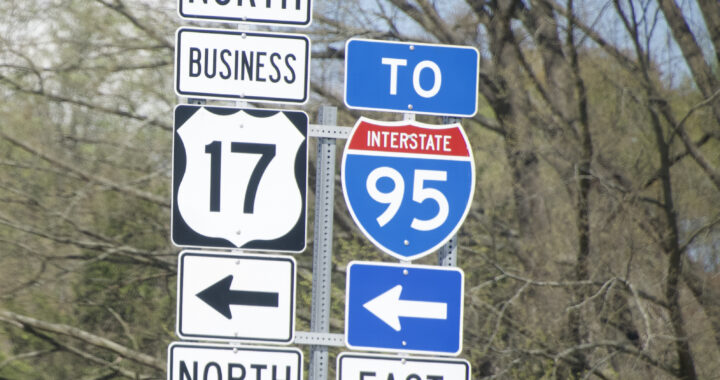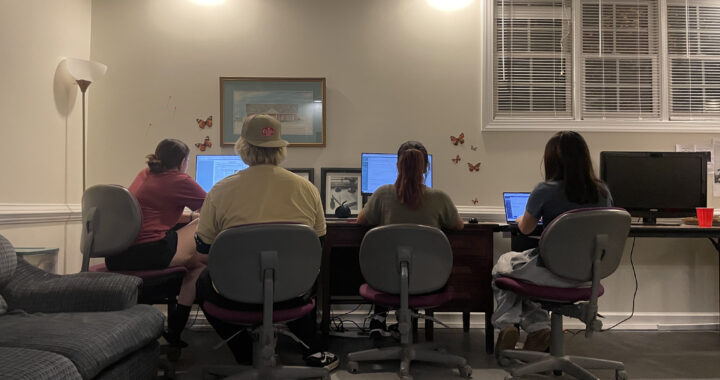“Frozen” movie breaks the ice for Disney’s gender stereotypes
4 min readBy SARAH GRAMMER
A company often scrutinized for catering to false stereotypes of gender, Disney finally broke the mold with their latest installment “Frozen.”
The story tells of two sisters, one with magical freezing powers and one that is an authentic, awkward young woman. Elsa, the powerful elder sister, is to become queen when she turns 21. During the coronation, however, her sister, Anna, gets engaged to a prince she just met that night, and Elsa cannot condone it. They fight in the middle of the ballroom, and Anna accidentally reveals the powers her sister repressed from the public for years.
 Elsa then runs away into the mountains, unconsciously freezing the whole kingdom.
Elsa then runs away into the mountains, unconsciously freezing the whole kingdom.
Seems typical of Disney, right? Magical powers, princesses and dead parents; but what about this seems different?
Disney actually acknowledged the fact that marrying someone the day you meet them is ridiculous and makes fun of it throughout the movie.
Anna is reprimanded by her sister and later Kristoph, an ice provider, for thinking it is okay to enter an engagement after knowing the other person for not even twenty-four hours. Elsa and Kristoph’s reactions are proof that Disney is moving forward, and are starting by poking fun at their previous movies. Cinderella, Snow White, Ariel and Sleeping Beauty all barely knew their Prince Charmings, which is something Disney was criticized for not changing in the past, but they are trying to move away from it.
Recent movies, such as “Enchanted”, “Brave”, “Tangled” and now “Frozen”, show notable progression.
These newer movies all reject the idea of “spontaneous” marriages and suggest that marriage should be given serious thought. “Brave” even suggests that women do not have to aspire to marriage, and others should not always expect them to marry as well.
What sets “Frozen” apart is that it demonstrates stronger and possibly more important forms of love than just the romantic kind.
In the end, there is no big kiss to save the day. Instead, sisterly love is what breaks the curse and sets everything right. This love as the happy ending sends a more powerful message than the typical Disney love story.
This movie shines light on the importance of family.
In many Disney movies the families are broken or dysfunctional; this sends a message that if one can’t find love at home they should go looking for it elsewhere, even if it means marrying someone one just met. “Frozen” takes that situation and offers a different, and better, ending.
Anna and Elsa’s family is broken, but instead of having Anna marry and find happiness that way, they show how the sisters are able to mend their bond and fix their broken family.
Also in the way of progression, though barely noticeable, Disney finally included a gay character in one of their movies.
Oaken from the sauna shop waves to his family while talking to Anna, and for a second the picture cuts to a man and four children waving back to Oaken from the sauna. This shows a tiny step in the direction toward a more realistic movie.
Not all people are white heterosexuals and now that Disney is beginning to acknowledge this, their movies can start to relate to the lives of more people and allow people to understand those that are different from themselves.
While Disney is being progressive in the aspect of marriage and female independence, they are still lacking a bit when it comes to diversity among their characters and body image.
Diversity has so far been minimal. The majority of princesses are white “with lips as red as the rose” and unnatural body proportions. Does Disney only see these women as beautiful? The only realistic female character ever produced by Disney was Nani from Lilo and Stitch (2002), who looked like a real human being.
This one character is not enough. Girls everywhere are affected by body image problems, and continuing to show only one type of woman can be considered beautiful is not acceptable.
This prototype of beauty does not exist outside of Disney’s movies. Disney should be producing movies with women of many races, cultures and body types to show girls that it is okay to be who you are.
Disney was criticized for not having Anna and Elsa be of a different race when they easily could have been.
While Disney is progressing in some areas, it is still a little behind in others.
They have a long way to go with some ideas, but at least they are trying and are finally sending more family focused messages to their young viewers. “Frozen” was a big stepping stone in their climb toward more realistic character portrayals, but it is not their first attempt and I doubt that it will be their last.











